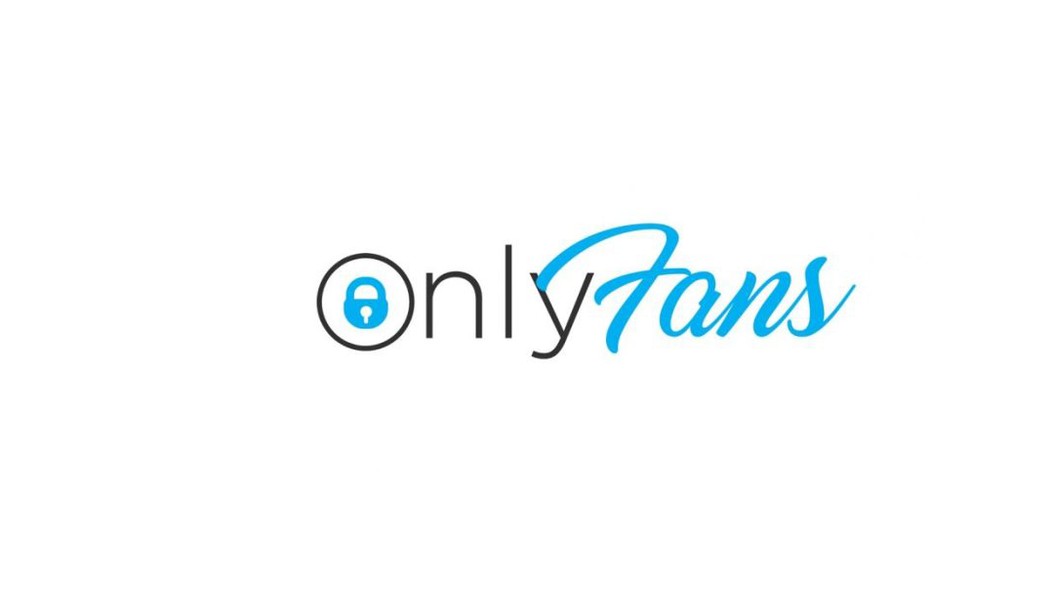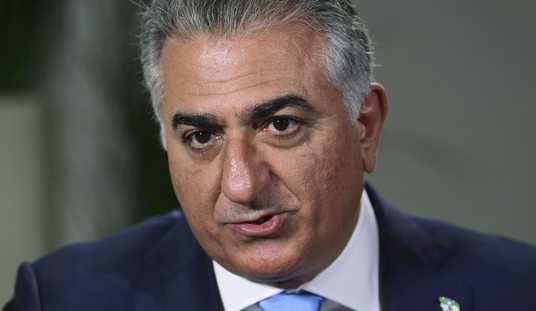When OnlyFans abruptly announced a new policy prohibiting pornographic content, many around the world were shocked.
Over the last year, news outlets and social media alike were abuzz with narratives about the frontier of “safe” sex work and glossy profile pieces about young ladies buying beautiful houses with the profits from sending strangers images on OnlyFans. The company gained momentum in light of COVID-19 and socio-economically vulnerable people turned to selling images of themselves online in order to make ends meet.
Then, just as abruptly, OnlyFans changed its mind in less than a week, and recommitted itself to pornography.
What led to this rapid whiplash? And what can we expect next?
How We Got Here
The owner of OnlyFans, Leonid Radvinsky, has a checkered history at best. He owns several other large pornography webcamming websites aside from OnlyFans, and ?reportedly? has racked up “a history of lawsuits and allegations of spam, theft, fraud, and drug dealing.”
OnlyFans is set up similarly to a pyramid scheme, with “rags-to-riches” marketing and an emphasis on making money through recruitment, with its referral system that allows individuals to profit 5% off any recruitee’s earnings for the first year. Predictably, analysts found that the top 1% of OnlyFans accounts made 33% of the money, while the top 10% of accounts made 73% of the money.
All of this may be generally indicative of a bad business but overlaying this model onto user-uploaded pornographic content set up the inevitable scenario of rampant sexual exploitation and abuse.
The incentive for recruitment became an incentive for grooming, extortion, and pimping/trafficking. One survivor of OnlyFans posted online that these online pimps “usually approach the model on Twitter and groom her so that she will agree to let them help ‘manage’ her online presence in exchange for a cut…This naturally creates a perfect opportunity for blackmail and other types of emotional manipulation. It happens all. the. time.” It’s also been well-documented that sex traffickers/pimps regularly coerce victims into producing pornography on various platforms as a means of addition income and/or “advertisement” to potential sex buyers.
Recommended
Further, the intersection of young people aspiring to become influencers, and the mainstreamed narrative of “easy money, no consequences” for selling pornographic images, also attracted minors to OnlyFans—thereby creating illegal child sexual abuse materials (CSAM). In 2019, OnlyFans d attempted to introduce an age verification process requiring creators to provide a selfie next to their ID. Unfortunately, it didn’t work. As the BBC recently uncovered, many minors skirt this speed bump by holding up other people’s ID’s, including the case of a 14-year-old girl who used her grandmother’s passport to set up her account. Clearly, if OnlyFans couldn’t distinguish between a girl fresh out of middle school and her grandmother…this “verification” system was systemically flawed. An investigator of child exploitation online for US Homeland Security, told the BBC that he “estimates he finds between 20-30 child abuse images a week which he says have clearly originated on OnlyFans.”
The same BBC investigative piece emphasized the apparent bad faith of OnlyFans’ moderation, including giving accounts posting illegal content three warnings before taking action, ignoring the presence of people who never registered with OnlyFans in videos (I.e. a flag of the high likelihood they didn’t know or consent to the image being shared) and more.
OnlyFans became a hotbed of non-consensually shared images, sextortion, child sexual abuse materials, pimping, sex trafficking and more, according to survivor direct service providers and law enforcement. For a while, OnlyFans largely ignored these concerns.
Meanwhile, the pornography platform Pornhub began to get heat for its facilitation of child sexual abuse, rape videos, and more—resulting in Canadian Parliament hearings and a New York Times expose. Pornhub’s lack of age and consent verification led multiple lawsuits by at least 90 survivors in total who were exploited on that platform, and those lawsuits are still on-going.
People started paying attention to the issue of age and consent verification. Credit cards began pulling back from Pornhub and other platforms. In May 2020 the National Center on Sexual Exploitation (NCOSE) led a joint international letter with survivors and advocates from 12 countries calling on credit cards to exercise responsible policies, and cut ties with pornographic platforms failing to verify age and consent. This outreach, including connecting credit card executives to survivors to learn from their experiences and insights, continued through 2021.
In April 2021, Mastercard released a pioneering policy that it wouldn’t allow its cards to be used for pornographic platforms unless they obtained “clear, unambiguous, and documented” consent for each person in the images. For the first time, OnlyFans had some degree of accountability to verify age and consent.
In May, the BBC News investigative series began coalescing the voices and stories of survivors, law enforcement, and whistleblowers about what they saw on OnlyFans. For the first time, OnlyFans began feeling criticism from mainstream outlets as its failed systems and exploitive incentives were exposed.
In June, investigative reporters claimed the FBI had opened a “sprawling” investigation into the company for a number of crimes, potentially including fraud and theft. And then, on August 10, 101 bipartisan U.S. lawmakers wrote a letter to the Department of Justice calling on them to investigate OnlyFans for child exploitation. Now OnlyFans was confronted with the possibility of criminal charges.
And finally on August 19, OnlyFans said that it would prohibit “sexually-explicit conduct”…
What’s Next
OnlyFans is in the same position it was in early August: a platform with a business model of user-uploaded porn which is inherently enticing to abusers and exploiters and inherently unable to meaningfully verify age or consent. It’s also a platform that’s increasingly scrutinized by law enforcement and federal agencies for facilitating illegal content.
There was significant backlash to OnlyFans from content creators who felt betrayed by the platform’s momentary no-porn policy. But in reality, this platform was already betraying them, and is still betraying them every day, by enabling an environment rife with sexual exploitation. OnlyFans, like other pornography sites, will always gloss over the reality that prostitution is never “safe” and inevitably leads to physical, emotional, and psychological trauma.
Now, OnlyFans will face likely criminal investigations and lawsuits from survivors. But the question of sexual exploitation and verifying age and consent is one which continues to loom over the pornography industry at large.
OnlyFans will not be the last platform to have to answer to it.
Haley McNamara is the vice president of the National Center on Sexual Exploitation, and director of the UK-based International Centre on Sexual Exploitation. Twitter: @TheICOSE; @NCOSE; @HaleyMcNamara

























Join the conversation as a VIP Member